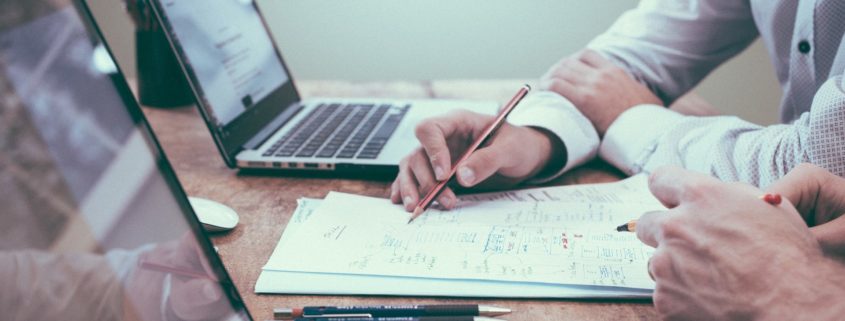Balance Sheet Accounts – Part 1
Understanding reports that bookkeepers send will help owners gain a better knowledge of their business operations. Owners can use this information to advance their business and make smart decisions. This is the first blog post of 2, that will help a business owner understand the Balance Sheet.
The top half of the Balance Sheet contains asset information. These are items adding value to the company and the amounts that are owed to the company. Below is an example of what the assets section of the Balance Sheet will look like and a brief description of each account.
#1. Bank Account
All the bank accounts in the company will show up here. The balances shown may not match the amount of when you login to the bank account. This is because these accounts will reflect any outstanding items. This would include cheques that have been written but the person has not yet cashed. It is designed to give a better estimate of the available cash flow.
#2. Accounts Receivable
The amount that is in Accounts Receivables shows how much money customers currently owe the company. It will include all amounts currently owed, whether or not they have come due. You can better understand the general timeline of the companies Accounts Receivable by looking at the AR Summary Report (shown below).
#3. Prepaid Expenses
If an expense was paid in advance, the balance that has not yet been used will show up in this account. An example of this is, if insurance was paid for the for the year, there will be a prepaid insurance account. Every month the bookkeeper will move the monthly amount out of this account and put it in the expense account. This will help the monthly Profit & Loss statement look coheavisive throughout the year.
#4. Assets
Assets are items that the company would be able to resell and are over $500. Every year the accountant will expense a portion of the asset, this is called depreciation. It will show up on your Balance Sheet in the Accumulated Amortization account.The CRA has different classes of assets, and they determine the percentage that the asset can be depreciated at.
On the Balance Sheet you will see:
Asset Cost
(Accumulated Amortization)
Total Asset
The total amount indicates how much the value of the asset on the books is. It is important that business owners know how much their assets are worth. As this contributes to the value of the company.
You can find a video here, with more information on this topic. Part two will cover the liabilities section of the Balance Sheet. If you have any questions about your assets, give On-Core a call and one of our professional bookkeepers will be happy to assist you!



